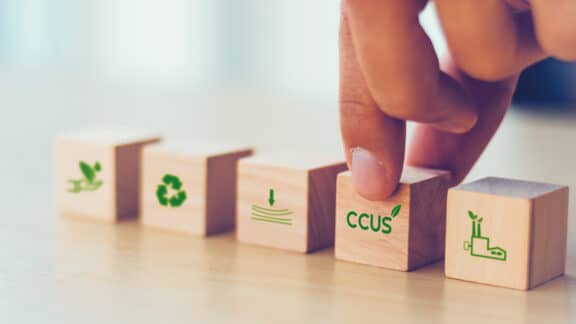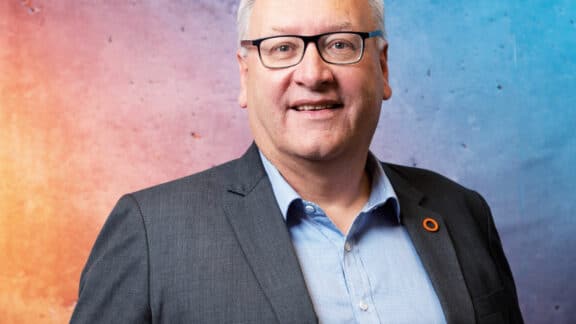Dr. Alexander Fleischanderl is one of Primetals Technologies’ chief innovators in the area of sustainability solutions. He pioneered the MEROS off-gas cleaning system, which has been sold 15 times thus far, and continues to extend the green production portfolio at Primetals Technologies. Fleischanderl was recently promoted to “Head of Green Steel”—a new role that will allow him to make an even larger contribution to the long-term sustainability of metals production.

How do you define your new role at Primetals Technologies as “Head of Green Steel?”
Dr. Alexander Fleischanderl: It’s still early days for “Green Steel,” but it clearly is a topic of great complexity with many dimensions. It covers everything from the generation of renewable energy and energy storage solutions—including hydrogen and ammonia production—to the optimal use of these energy sources for the actual production of green steel. The availability and variable quality of raw materials further adds to the complexity of the subject matter: supplies of quality scrap are limited, and the same is true for high-grade iron ores. There are many stakeholders involved, and therefore it will be part of my role to consider all their different standpoints and experiences. Based on that, I will be establishing a holistic approach. My aim is to develop a cohesive strategy that takes into account all the relevant steps from basic R&D work to policy to strategy to concrete project development. The steel industry is already on the journey to green steel, and I believe my team and I will be making a substantial contribution.
Will steel production ever truly be zero-carbon?
Fleischanderl: Fundamentally speaking, because of the material properties of steel, it will never be “zero-carbon.” However, we are indeed aiming for a dramatic reduction in carbon emissions stemming from steel production, particularly in the upstream area. I am confident that, together with our customers and industry partners, we will reach this goal sooner rather than later. Even today, it is theoretically possible to engineer and build steel plants capable of producing ultra-low-carbon-emissions steel. The only thing keeping us from doing so is the availability—and viability—of renewable energy, meaning green electricity and hydrogen. These energy sources require massive upscaling, which will happen.
How will digital solutions contribute to green steel?
Fleischanderl: Digital technologies play an integral role in our decarbonization efforts. Digital twins can help to optimize production processes—by increasing energy efficiency, reducing yield loss across the entire production chain, easing the development of new steel grades, and by calculating carbon emissions per production unit and for every single coil. In essence, digitalization is all about optimizing the complete production chain for efficiency, because it allows us to fine-tune and orchestrate all production-related aspects. Digital tools are also essential for preserving the knowledge of a plant’s metallurgists and experienced operators. As an ultimate goal, I envisage the “autonomous plant”, and I believe that this vision is not as distant as it may seem.


